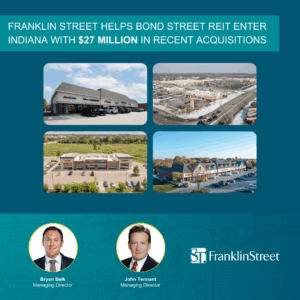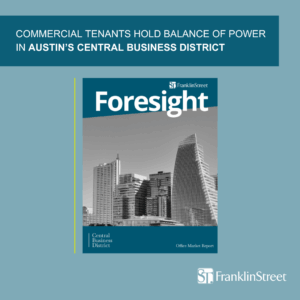“Over the past few years, we have seen a hardening of the insurance market, with coastal, more challenging asset classes, and loss affected assets seeing significant challenges. I would like to highlight the driving factors of how we got here and ways to think about circumventing the increased costs,” said Michael Shadeed, Managing Director of Franklin Street Insurance Services.
Property Values: Demand is growing, interest rates are low, and supply is limited in desirable locations leading to increasing property values. As a result, the cost of repairs and rebuilding is also rising.
Natural Disasters: The frequency and severity of natural disasters like hurricanes, wildfires and floods have increased, resulting in more property damage claims and the need for higher insurance valuations to cover repair and rebuilding costs.
Construction Costs: The cost of materials and labor for construction has been steadily rising, leading to higher costs for repairs and rebuilding, which in turn increases insurance valuations.
Inflation: The cost of living is increasing, causing the cost of goods and services, including construction materials and labor, to rise as well.
Reinsurance: In 2023, reinsurers are raising prices and tightening terms and conditions to improve underwriting margins. Property is seeing some of the largest increases, and the shortfall in available capacity on both traditional and alternative sides of the marketplace is reinforcing reinsurers’ underwriting discipline.
With the challenges in a hardening market, there are strategies to utilize in marketplace interaction, as well as lender negotiations, to improve your position.
While marketing assets with carriers, utilizing the proper data and narrative is vital. Underwriters want to see detailed information on the risk they are insuring, as carriers will risk model for various exposures to make sure they are adequately covering their potential loss costs. Gaps in data, such as roof replacement years, quality of construction, valuations, etc., will result in less favorable pricing.
…




